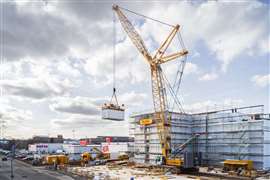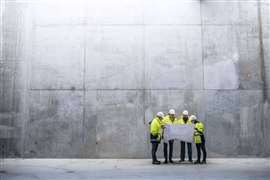Australian construction industry sees downturn continue
06 June 2008
The Australian PCI registered 36.9, down -5.7 points on the previous month and below the critical 50.0 points level separating expansion from contraction.
Commenting on the results, Australian Industry Group (Ai Group) associate director, economics and research, Tony Pensabene said, "Contrary to recent reports of the construction industry holding up, this signals that higher interest rates, tighter liquidity, and lower confidence levels are having a broad based impact on activity.
"The results, which are up to three months ahead of official data, show that weakness in the industry has intensified, with reductions in activity extending beyond house building and apartments to commercial and engineering construction. Engineering work, however, is showing more resilience than other market segments, moving as it is from a high base.
"Of concern, new orders for the industry as a whole are now at their lowest level in almost three years, which means that the current weakness in activity is likely to persist during the months ahead," Mr Pensabene said.
HIA chief economist, Harley Dale, said the first construction sector update for May reinforced the fact that the impact of higher interest rates, food bills, and fuel costs was only beginning to "bite in earnest" in the June 2008 quarter.
"A weak March quarter for residential construction indicators will be compounded by an even softer June quarter. We face the very real prospect of a sharp slowing in home building activity in the second half of 2008," Mr Dale said.
Australian PCI key findings for May:
- The Australian PCI fell by -5.7 points in May, marking the third consecutive month of deterioration in overall construction, and the sharpest decline since the survey began in September 2005.
- Firms linked the decline to reductions in incoming work, citing the negative influences of higher interest rates, increased difficulty in raising funds and low consumer and investor confidence.
- There were reports that market uncertainty had led to delays in project commencements.
- The industry as a whole posted larger declines in activity and new orders in May. This contributed to a fall in employment levels for the second month in a row.
- The rate of increase in input costs strengthened in May, with firms mainly attributing this to higher fuel and steel prices.
STAY CONNECTED


Receive the information you need when you need it through our world-leading magazines, newsletters and daily briefings.
CONNECT WITH THE TEAM










